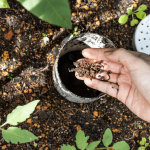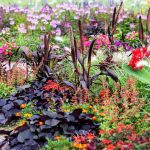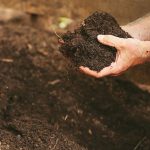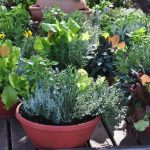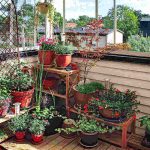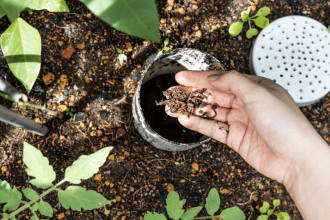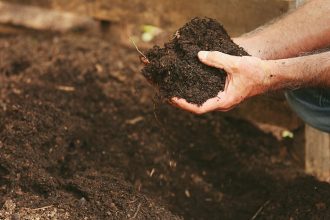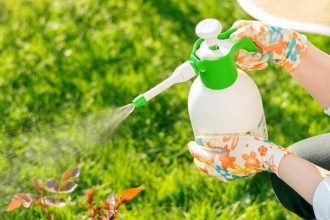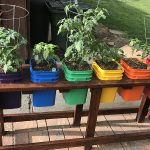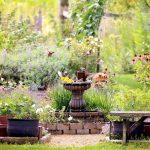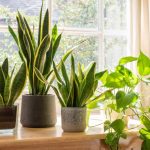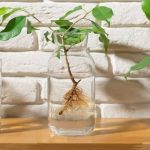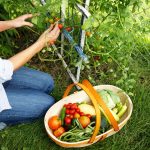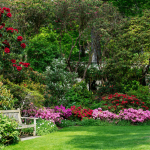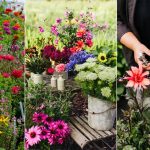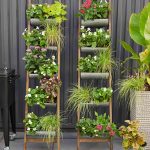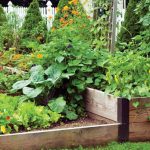In the intricate dance of nature, saving seeds is like capturing a moment of brilliance and holding it in your hands. For those who practice organic gardening, seed saving is not just a ritual, but a sacred act of preserving biodiversity and sustainability. In this article, we will delve into the art of saving seeds for organic gardening, unlocking the secrets to cultivating a flourishing garden year after year. Join us on this journey of conservation and growth as we explore the methods and techniques to ensure a bountiful harvest for generations to come.

Understanding the Importance of Saving Seeds in Organic Gardening
Saving seeds is a crucial practice in organic gardening that allows you to preserve the genetic diversity of plants and ensure their sustainability for future generations. By saving seeds from your own organic garden, you can select for traits that are well-adapted to your specific growing conditions, leading to healthier and more resilient plants.
One of the key advantages of saving seeds is cost-effectiveness. Instead of purchasing new seeds every year, you can simply collect and store seeds from the plants you already have. This not only saves money but also reduces your reliance on commercial seed suppliers, giving you more control over the quality and origin of your seeds.
To successfully save seeds for organic gardening, it is essential to follow proper techniques. Here are some tips to help you get started:
- Choose open-pollinated varieties: Select plants that are open-pollinated rather than hybrid, as hybrid plants may not produce seeds that are true to type.
- Allow plants to fully mature: Let the plants go through their full life cycle so that the seeds have enough time to develop properly.
- Harvest and dry seeds properly: Collect seeds when they are fully mature and dry, then store them in a cool, dry place to prevent mold and deterioration.
- Label and organize your seeds: Keep track of the seeds you save by labeling them with the plant variety and the year they were saved, and store them in airtight containers for long-term viability.
Choosing the Right Plants for Seed Saving in Your Organic Garden
When it comes to seed saving in your organic garden, choosing the right plants is crucial for ensuring a successful harvest. Not all plants are suitable for seed saving, as some may not produce viable seeds or may cross-pollinate with other varieties. To make the most of your organic gardening efforts, here are some tips for selecting the best plants to save seeds from:
1. Open-Pollinated Varieties: Opt for open-pollinated varieties of plants, as these will produce seeds that are true to type. This means that the seeds will grow into plants that are genetically identical to the parent plant.
2. Non-Hybrid Plants: Avoid hybrid plants, as they are the result of cross-breeding two different varieties. Seeds saved from hybrid plants may not produce plants with the same characteristics as the parent plant.
3. Self-Pollinating Plants: Choose self-pollinating plants, such as beans, peas, and tomatoes, for easy seed saving. These plants do not require pollination from other plants and are more likely to produce viable seeds.
Best Practices for Harvesting and Storing Seeds for Future Planting
When it comes to organic gardening, saving seeds for future planting is crucial for sustainability and cost-effectiveness. By harvesting and storing seeds properly, you can ensure a bountiful harvest year after year. Follow these best practices to successfully save seeds for your organic garden:
- Choose the Right Plants: Select healthy, vigorous plants with desirable traits for seed saving. Avoid plants that are weak, diseased, or cross-pollinated.
- Timing is Key: Harvest seeds when they are fully mature on the plant. Allow seeds to dry completely before storing to prevent mold or rot.
- Proper Storage: Store seeds in a cool, dry place to maintain their viability. Use airtight containers or seed envelopes to protect seeds from moisture and pests.
| Seed Type | Storage Method |
|---|---|
| Vegetable Seeds | Store in a dark, cool place |
| Flower Seeds | Keep in a breathable container |
| Herb Seeds | Label seeds with date and variety |
Tips for Successful Seed Saving and Maintaining Genetic Diversity in Your Organic Garden
One of the key aspects of successful organic gardening is saving seeds to maintain genetic diversity in your garden. By saving seeds from your best plants, you can ensure that your garden will continue to thrive year after year. Here are some tips to help you save seeds effectively.
- Choose the Best Plants: Select plants that are healthy, disease-resistant, and produce high-quality fruits or vegetables for seed saving.
- Allow for Proper Maturity: Let the seeds fully mature on the plant before harvesting. This ensures that the seeds are viable and will produce strong plants in the future.
- Properly Dry and Store Seeds: After harvesting, make sure to dry the seeds thoroughly before storing them in a cool, dry place. This will help prevent mold and ensure the seeds remain viable for future planting.
By following these tips, you can maintain genetic diversity in your organic garden and continue to enjoy a bountiful harvest year after year.
As you embrace the art of saving seeds for organic gardening, remember that you are not just preserving plants, but also contributing to the sustainability and diversity of our planet’s ecosystems. By taking the time to harvest and store seeds, you are connecting with the cycles of nature and supporting the beauty and abundance of your garden. So go ahead, experiment, get your hands dirty, and watch as your organic garden flourishes with the seeds of your labor. Happy gardening!


